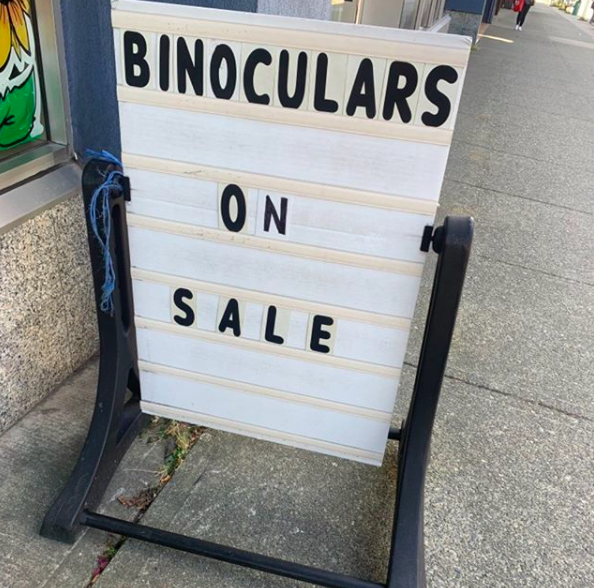Dermoscopy (Trichoscopy) is an Essential Part of Hair Dermatology
Scalp Trichoscopy: Essential to the Practice of Hair Dermatology
Few people would argue that good binoculars aren’t an essential part of being a bird watching enthusiast. I’m not a birder myself but you can spot a bird watcher quite easily. The binoculars, the cameras, the gear. It all goes together. Even the shoes. There are essential tools to this particular hobby.
I don’t use binoculars in the clinic to examine hair. But I do use a set of lenses and an instrument known as a “dermatoscope.” A dermatoscope is more than just a magnifying glass - it uses magnifying optics along with various types of lighting sources. Surprisingly, it is still a bit of a debate for some practitioners as to whether one really needs a dermatoscope to practice in the field of “hair dermatology”. The purpose here is not to force the idea but rather to allow those who wish to think about the subject carefully to come to their own conclusions. I do not need binoculars to tell the difference between a bird or a squirrel that sits in the tree. But I do require binoculars to differentiate between all the subtle intricacies of birds that bird watchers so enjoy. Similarly, I do not need a dermatoscope to diagnose the cause of hair loss of most patients who walk through the door of my office. I do, however, require the dermatoscope to sort out the more challenging cases and to predict how even straight forward cases are likely to respond to treatment.
For my practice, a dermatoscope is essential.
This article was written by Dr. Jeff Donovan, a Canadian and US board certified dermatologist specializing exclusively in hair loss.

